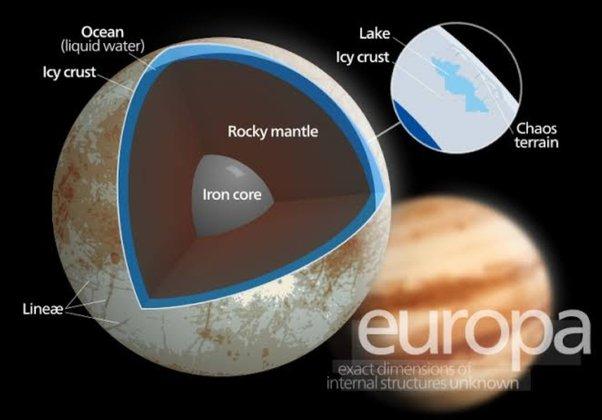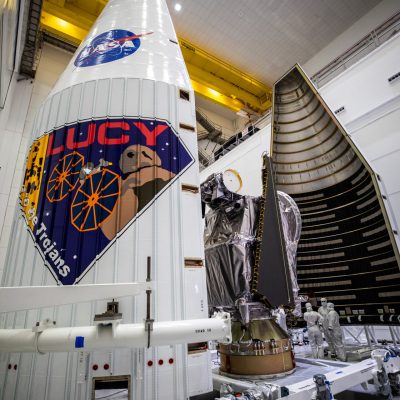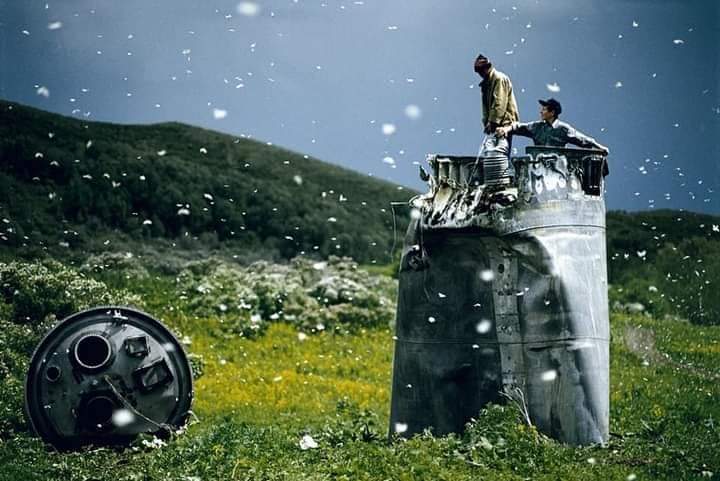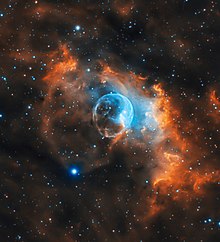
Europa, the fourth largest of Jupiter’s 95 moons, holds a special place in our solar system. It is the sixth closest moon to Jupiter and, along with Io, Ganymede, and Callisto, was among the first moons discovered beyond Earth. These moons, known as the Galilean moons, were first observed by the Italian astronomer Galileo Galilei, hence their name.

Primarily composed of silicate rock, Europa also has a water-ice outer layer and an iron-nickel core. Its atmosphere, although very thin, contains a significant amount of oxygen. The surface of Europa is characterized by a network of cracks and streaks, with relatively few craters. Scientists are almost certain that beneath its icy crust lies a subsurface ocean containing twice the amount of water found in all of Earth’s oceans combined.

Europa is considered one of the most promising places in our solar system for finding conditions suitable for life beyond Earth. Scientists believe that this subsurface ocean, located beneath Europa’s ice sheets, might contain the chemical ingredients essential for life. To determine if life-sustaining environments exist below Europa’s icy surface, NASA plans to launch the Europa Clipper spacecraft on October 10, 2024, with an expected arrival at Europa in 2030.






Recent Comments